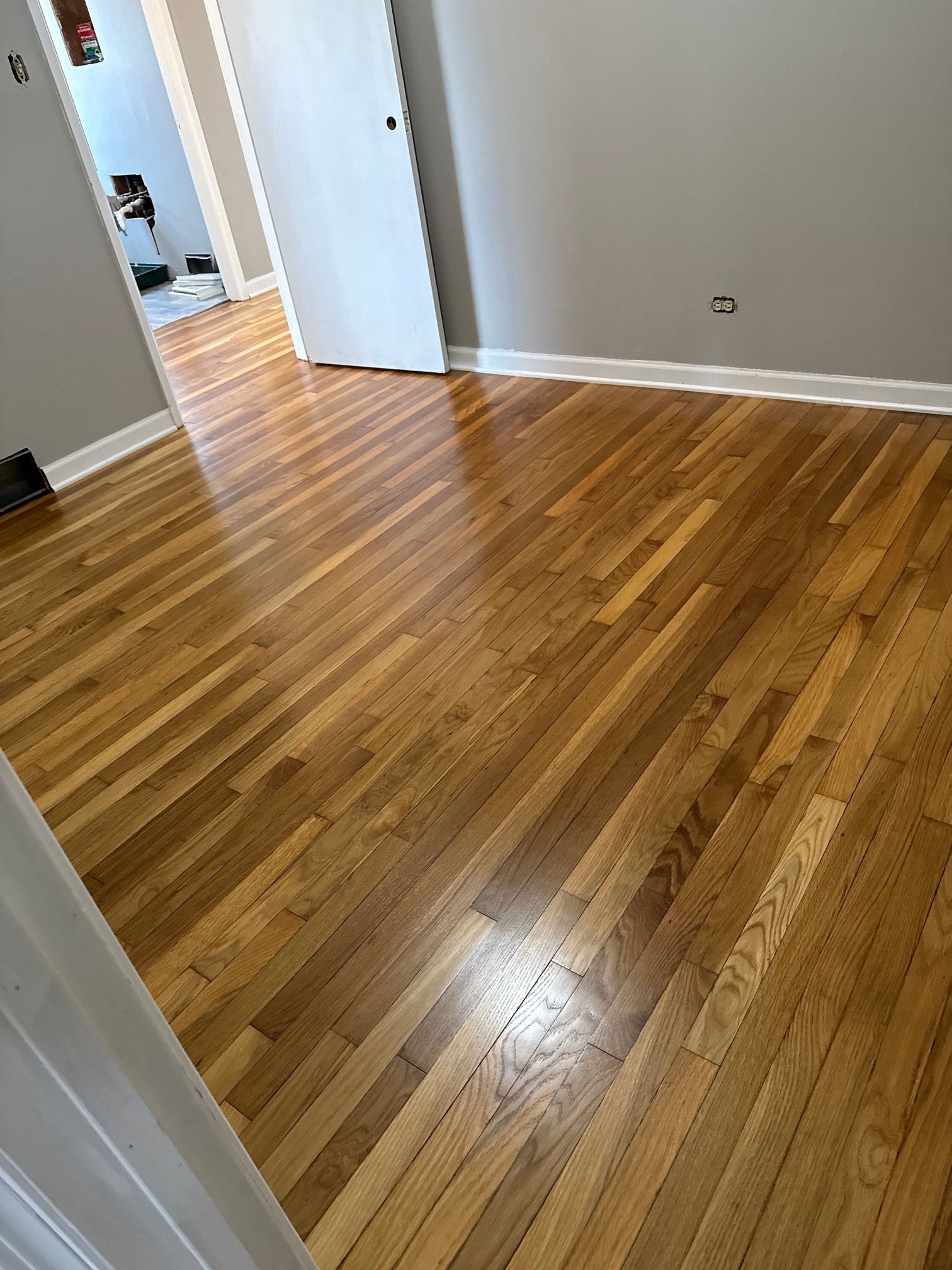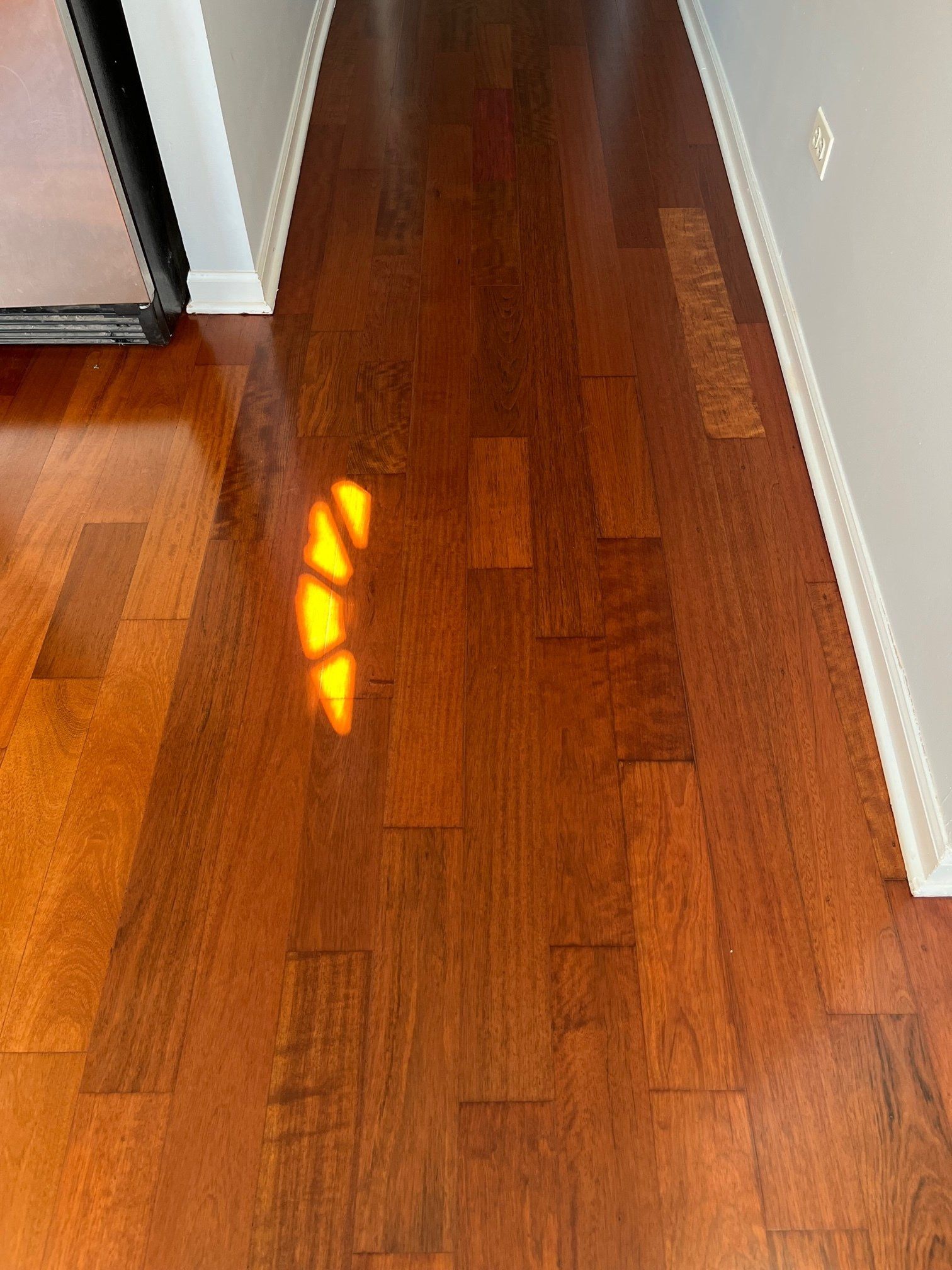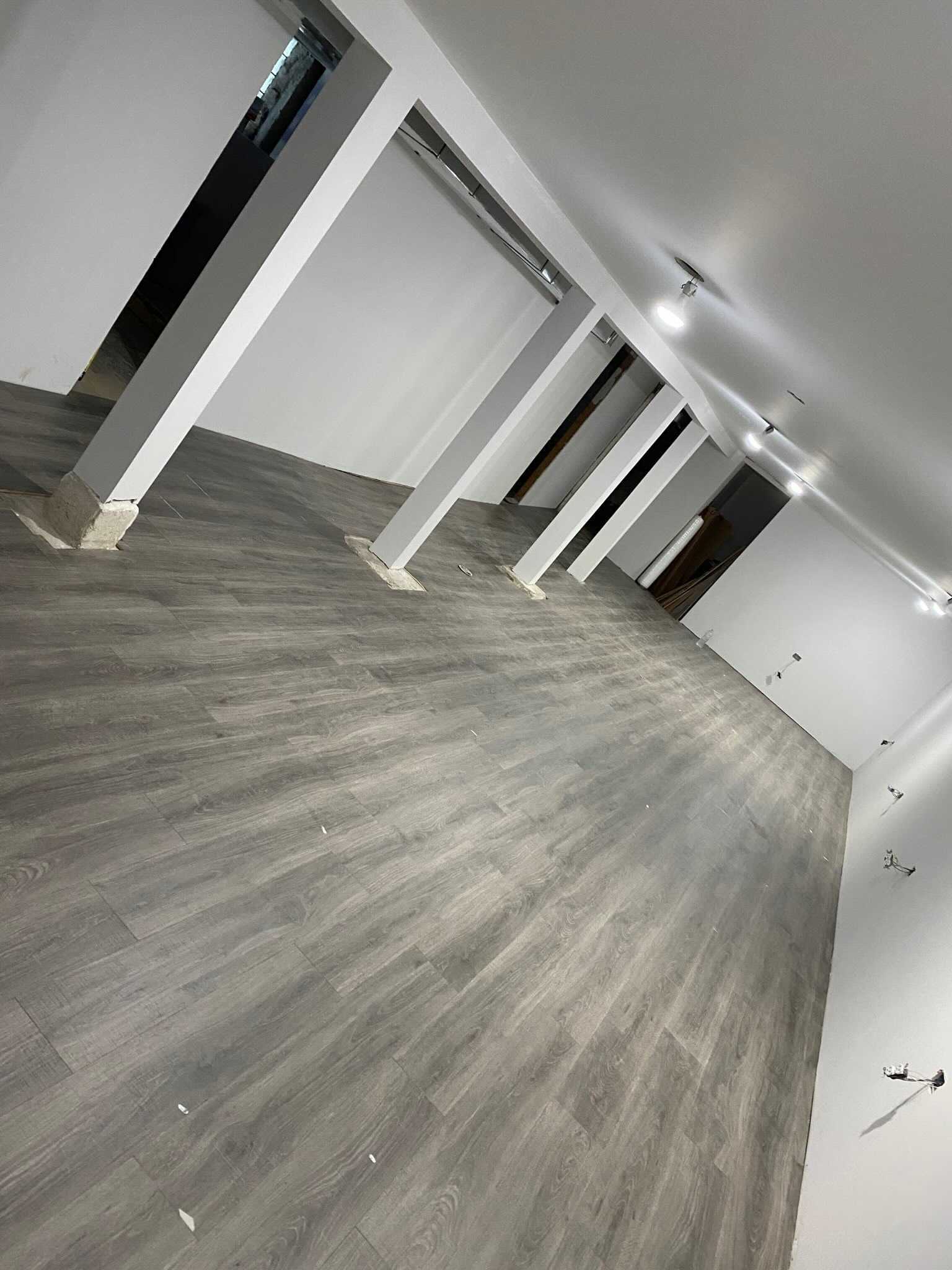The Ultimate Guide on How to Clean Hardwood Floors Like a Pro
Hardwood floors are a beautiful and durable addition to any home, but they require regular cleaning and maintenance to keep them looking their best. Cleaning hardwood floors properly not only preserves their natural beauty but also extends their lifespan. In this guide, we’ll walk you through the essential steps for cleaning hardwood floors like a professional, ensuring your floors stay spotless, shiny, and well-maintained for years to come.
Know Your Floor Finish
Before diving into the cleaning process, it’s important to identify the finish of your hardwood floors. Different finishes require different care techniques. The two most common types are:
- Polyurethane Finish: This is the most durable and common finish, which is water-resistant and easy to clean.
- Wax Finish: Requires a more delicate touch and needs regular reapplication of wax.
- Oil-based Finish: More porous and requires oil or special cleaners for maintenance.
- Shellac Finish: Less common, but it needs specific products to avoid damage.
Knowing the type of finish your floors have will ensure that you use the correct cleaning products and techniques.
Dust and Sweep Regularly
Dust and dirt can quickly accumulate on your hardwood floors, leading to scratches and dullness. To prevent this, make it a habit to dust and sweep your floors frequently. Here’s how to do it:
- Use a microfiber mop or dusting cloth: Microfiber picks up dust and debris without scratching the surface.
- Avoid brooms with hard bristles: These can push dirt around and even scratch your floors.
- Vacuum with the hardwood floor attachment: Many vacuums come with a soft-brush attachment made specifically for hardwood, which reduces the risk of damage.
Mop with the Right Products
Mopping is an essential part of cleaning hardwood floors, but it’s crucial to avoid excess water, which can warp or damage the wood. Here's how to mop properly:
- Use a damp (not soaking) microfiber mop: A microfiber mop absorbs dirt effectively and can be used damp to avoid excess water on the floor.
- Choose a hardwood-safe floor cleaner: Always opt for a pH-neutral cleaner designed for hardwood floors. Avoid using harsh chemicals or vinegar, which can strip the finish and cause damage.
- Dilute the cleaner: If your cleaner needs to be diluted, follow the manufacturer’s instructions carefully to avoid using too much solution.
Spot Clean Stubborn Spots Immediately
Spills and stains can happen, but the key is to act quickly to prevent them from becoming permanent. For spot cleaning:
- Wipe up spills immediately: Use a soft cloth to blot any spills as soon as they occur. This prevents the liquid from seeping into the wood.
- For stubborn stains: Dampen a cloth with a bit of wood-safe cleaner or mild soap solution and gently rub the area. Always test any cleaning solution on an inconspicuous spot first.
- Avoid abrasive scrubbing: Don’t use harsh scrubbers that can damage the wood's surface.
Polish and Shine Your Hardwood Floors
To give your hardwood floors that professional shine, polishing is an essential step, but it should be done sparingly. Over-polishing can lead to buildup. Here’s how to do it right:
- Use a hardwood floor polish: Choose a polish that is specifically made for hardwood floors. It will enhance the natural shine without leaving residue behind.
- Apply evenly: Use a clean cloth or microfiber mop to apply the polish evenly across the surface of the floor.
- Buff the floor: After applying the polish, buff the floor with a clean, dry microfiber cloth to achieve a smooth, glossy finish.
Prevent Damage and Maintain Your Floors
Prevention is key to keeping your hardwood floors in pristine condition. Here are some pro tips to protect your floors:
- Use rugs or mats in high-traffic areas: This helps prevent dirt and grit from scratching the surface.
- Place felt pads under furniture: Protect your floors from scratches caused by heavy furniture or appliances by sticking felt pads under the legs.
- Avoid high heels: High heels can cause indentations and damage the finish, so make sure to remove shoes before walking on your hardwood floors.
- Control humidity levels: Wood can expand and contract with changes in humidity. Use a humidifier or dehumidifier to maintain a stable environment for your floors, especially during the dry winter months.
Deep Clean Once in a While
Even with regular cleaning, your floors may need a deep clean every now and then. Here’s how to give your floors an intensive clean without damaging them:
- Use a professional-grade cleaner: For deeper cleaning, use a specially formulated hardwood floor cleaner that can lift grime and buildup without harming the finish.
- Consider professional cleaning: If you’re not comfortable performing a deep clean yourself, hiring a professional hardwood floor cleaning service can help maintain your floors' beauty and longevity.
Don’t Forget the Edges
The edges of your hardwood floors can accumulate dust and dirt, which may go unnoticed. Don’t forget to clean these areas with a microfiber cloth or a soft brush to ensure your entire floor looks spotless.
You might also like

Book a Service Today
We will get back to you as soon as possible
Please try again later
Areas We Serve
The region's leading professional with over 10 years experience.
Navigation
Working Hours
Mon - Fri 7.00 am - 7.00 pm
Saturday 7.00 am - 2.00 pm
Sunday On Call


